The Impact of Animated Films on Advertising Strategies Inside Out 2 and the 30th Anniversary of Detective Conan Exhibition in Vietnam
With the constant advancement of technology, advertising has taken on a new form in recent years. From traditional methods such as print ads and television commercials, the focus has now shifted towards digital platforms and creative storytelling techniques. One medium that has proven to be highly effective in this evolving landscape is animated films. These engaging and visually appealing animations have captured the attention of audiences around the world and have also become a powerful tool for advertising. In this article, we will explore the impact of animated films on advertising strategies, with a specific focus on two major events happening in Vietnam – the release of “Inside Out 2” and the 30th anniversary of the “Detective Conan” exhibition.
Part 1: The Rise of Animated Films in Advertising
How animated films became a popular medium for advertising
The use of animated films in advertising is not a new concept. In fact, the first known example of an animated film used for advertisement dates back to 1899 when Thomas Edison promoted his electric light bulbs through a short animation titled “Little Nemo”. However, it was not until the late 20th century that animated films really started to gain traction as a powerful tool for advertising.
The success of Disney’s “Snow White and the Seven Dwarfs” in 1937 proved that animated films were not just aimed at children but could also capture the attention of adult audiences. This opened up a whole new market for advertisers who saw the potential in using animated characters to promote their products or services. With the advancements in technology and the growing popularity of animated films, more and more brands started incorporating them into their advertising strategies.
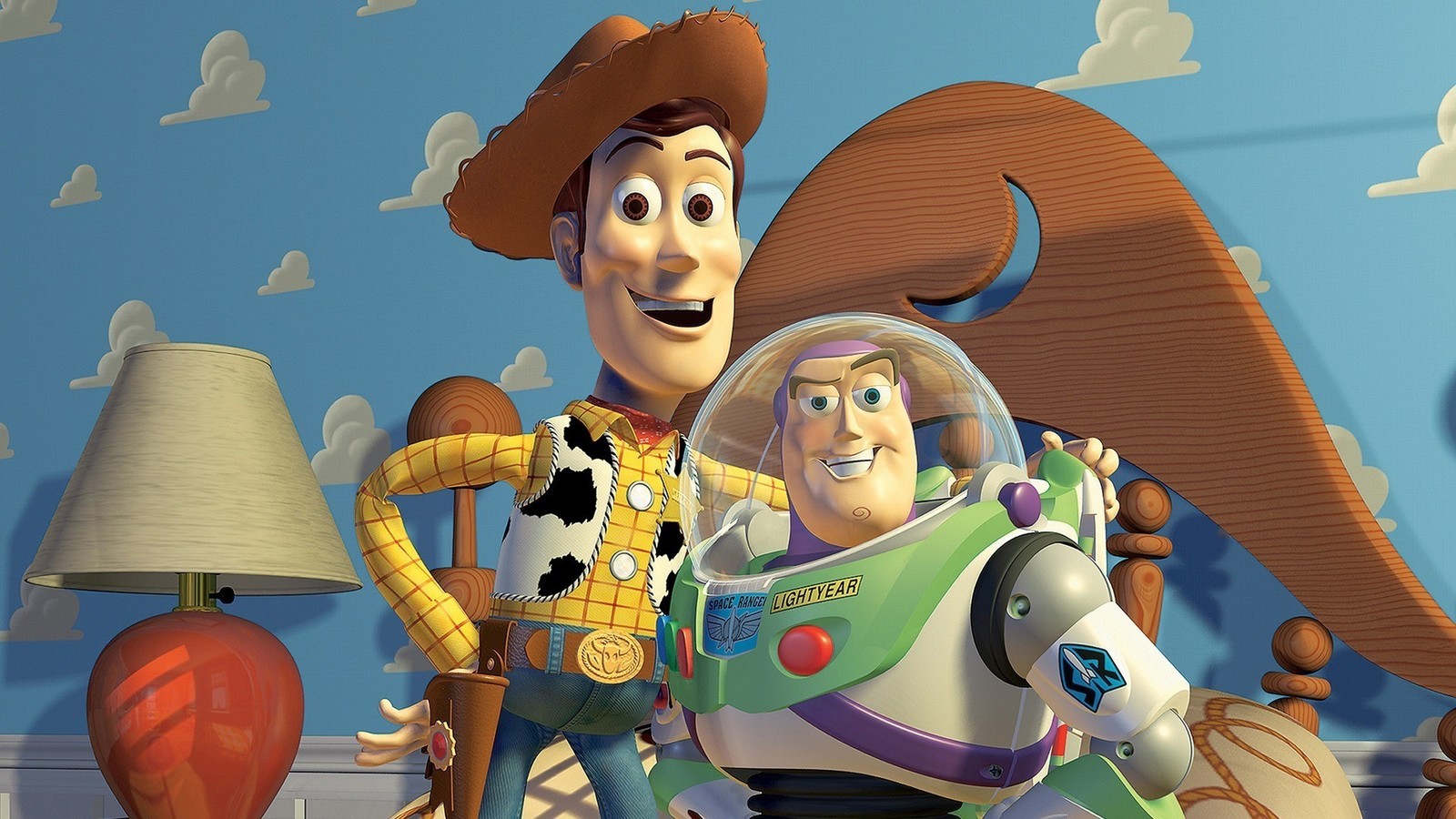
The integration of animated films into advertising is a well-established practice
The success stories of animated film campaigns
Over the years, there have been numerous successful campaigns that have utilized animated films to promote their brand or product. One of the most iconic examples is Coca-Cola’s “Holidays are Coming” campaign which features a convoy of red delivery trucks adorned with Christmas lights and the jingle “Holidays are coming, holidays are coming”. This campaign has become synonymous with the holiday season and has been running for over two decades, proving the long-term impact of using animated films in advertising.
Another notable example is McDonald’s partnership with animated films for their Happy Meal toys. This has been a successful strategy for the fast-food chain since the 1980s and continues to be a popular choice for parents and children alike. The latest collaboration with Disney’s “Incredibles 2” saw the release of limited-edition toys with each Happy Meal, leading to a surge in sales and brand exposure.
Disney itself has also been successful in utilizing its own animated films for cross-promotion and advertising. The recent release of “Toy Story 4” saw partnerships with brands such as Target, Kellogg’s, and Chrysler for promotional campaigns and tie-ins. These collaborations not only generate buzz and excitement for the film but also serve as effective advertising for the brands involved.
Why animated films are effective in advertising
There are several reasons why animated films have proven to be an effective medium for advertising. Firstly, the visual appeal of animation is highly captivating and can easily grab the audience’s attention. In a cluttered advertising landscape, it is important for brands to stand out and animation provides a unique and eye-catching way to do so.
In addition, animated films have the ability to create emotional connections with the audience. With engaging storylines and relatable characters, viewers are more likely to form a bond with the brand being advertised. This can lead to better brand recall and a positive association with the product or service.
Furthermore, animated films are often targeted towards younger audiences. This opens up a new market for brands and allows them to reach out to the next generation of consumers. By creating a connection with children through animated films, brands can potentially foster long-term relationships and loyalty with their target audience.
Part 2: Inside Out 2 – A Creative Platform for Advertising
Overview of “Inside Out” and its success
Released in 2015, Disney-Pixar’s “Inside Out” became an instant hit, grossing over $857 million worldwide and receiving critical acclaim for its storytelling and animation. The film follows the emotions of a young girl named Riley as she navigates through a major life change. With its unique premise and lovable characters, “Inside Out” captured the hearts of both children and adults, making it a perfect platform for advertising.
Announcement and anticipation for “Inside Out 2”
After the success of “Inside Out”, it was no surprise that Disney announced a sequel in the works. However, instead of releasing a traditional sequel, they decided to take a different approach. In 2017, it was announced that “Inside Out 2” would be a short film titled “Riley’s First Date?” which would be included in the DVD and Blu-ray release of the original film.
This announcement created a buzz among fans and generated anticipation for the upcoming short film. By utilizing animation as a teaser for the sequel, Disney effectively created a platform for advertising and promotion opportunities for the film.
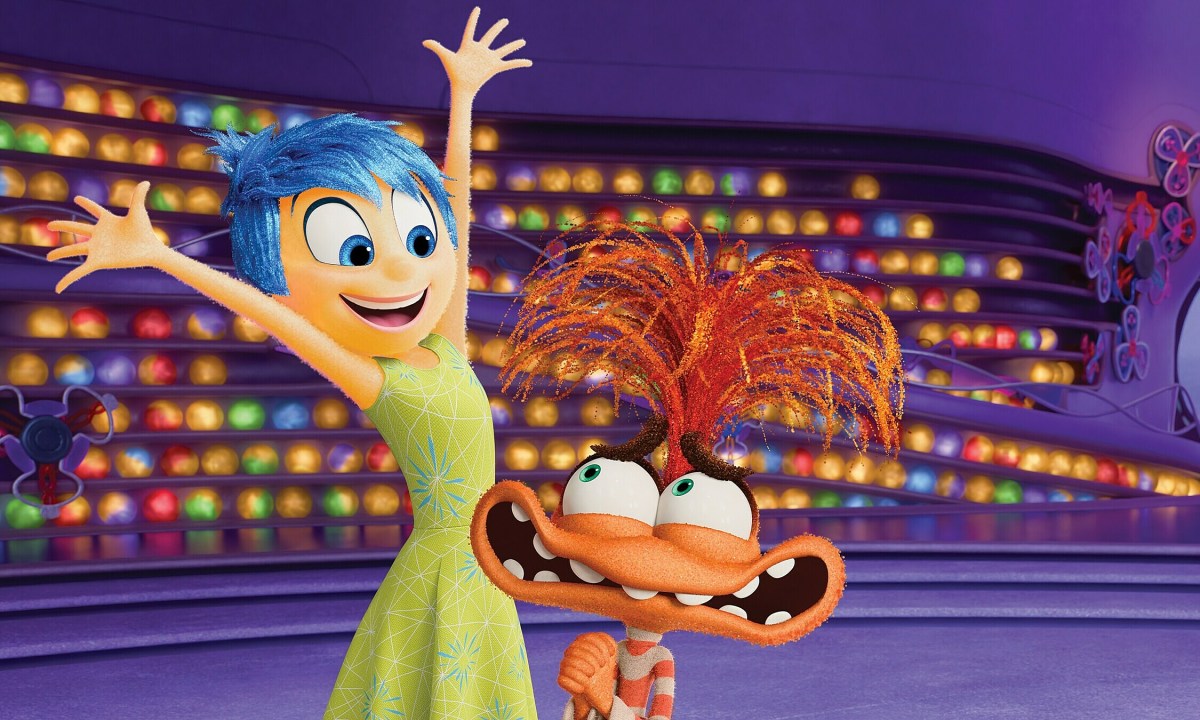
In 2017, it was announced that “Inside Out 2” would take the form of a short film titled “Riley’s First Date?”, included in the DVD and Blu-ray release of the original film
Collaboration between Disney and Brands for “Inside Out 2”
With the popularity and success of the first film, it was no surprise that brands were eager to collaborate with Disney for “Inside Out 2”. Coca-Cola, one of the brand partners for the first film, continued their partnership by releasing limited edition cans adorned with characters from the film. McDonald’s also jumped on board by featuring “Inside Out” themed Happy Meal toys and a tie-in promotion with its minion-themed Minion Mania game.
Apart from these partnerships, there were also promotional campaigns and merchandise tie-ins with other brands such as Subway, General Mills, and Kellogg’s. These collaborations not only helped generate excitement for the film, but also provided a platform for brand exposure and consumer engagement.
Use of animated characters for promoting social causes and issues
Apart from promoting products and services, animated films can also be utilized to bring attention to important social causes and issues. Disney-Pixar’s “Inside Out” has done just that by using its lovable characters to promote mental health awareness and address teenage dating.
In 2018, “Riley’s First Date?” was released as a standalone short film, addressing the sensitive topic of teenage dating. The film tackles this issue in a humorous yet meaningful way, while also incorporating the lovable emotion characters from “Inside Out”. This not only promotes the film but also brings attention to an important social issue.
Furthermore, in collaboration with the American Foundation for Suicide Prevention, Disney released a “Behind the Scenes” video featuring interviews with the filmmakers and mental health professionals. This partnership helped raise awareness for mental health and provided resources for those in need.
Impact of “Inside Out” on advertising strategies and its potential for “Inside Out 2”
The success of “Inside Out” has shown the potential for using animated films as a creative platform for advertising and brand partnerships. By utilizing engaging characters and unique storytelling, brands can effectively reach out to their target audience in a meaningful and memorable way.
With the upcoming release of “Inside Out 2”, there is great potential for even more collaborations and brand partnerships to promote the film. The success of these campaigns will not only impact the success of the film but also pave the way for future collaborations between animation and advertising industries.
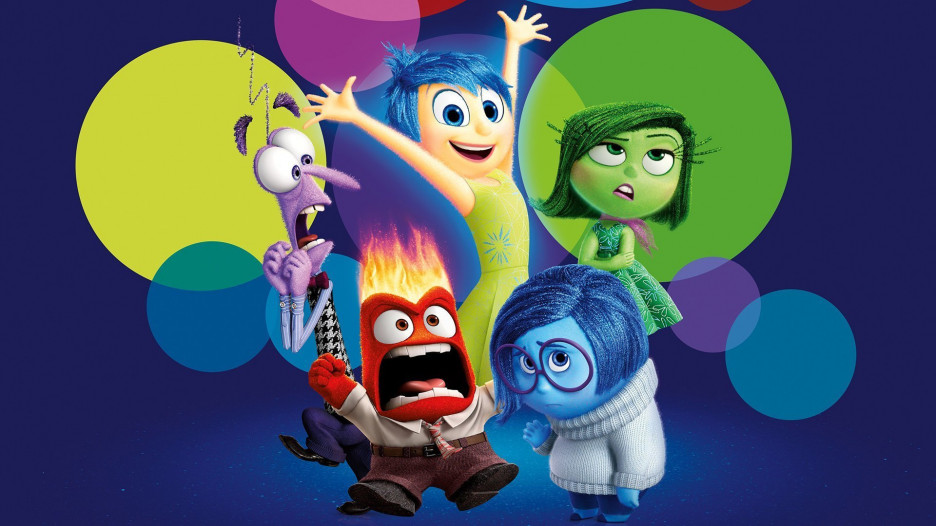
The impending release of “Inside Out 2” presents significant opportunities for additional collaborations and brand partnerships aimed at promoting the film
Part 3: Detective Conan Exhibition – Utilizing Animation for Advertising Milestones
Introduction to “Detective Conan” and its popularity in Vietnam
Detective Conan, also known as Case Closed, is a Japanese manga and anime series created by Gosho Aoyama. The series revolves around a high school detective who is transformed into a child after being poisoned by members of a criminal organization. Since its serialization in 1994, Detective Conan has gained a loyal following worldwide, including in Vietnam.
The series is highly popular in Vietnam, with fans eagerly awaiting the latest releases and merchandise. In 2019, it was announced that there would be a special exhibition in Vietnam to celebrate the franchise’s 30th anniversary.
30th Anniversary of the franchise and exhibition in Vietnam
As part of the 30th anniversary celebrations, TMS Entertainment, the production company behind Detective Conan, organized a special exhibition in Ho Chi Minh City, Vietnam. This exhibition showcased over 200 items from the franchise, including original artwork, props, and merchandise.
The announcement of the exhibition generated excitement among fans in Vietnam and also attracted attention from the media. This provided a unique opportunity for brands to collaborate with Detective Conan and reach out to its dedicated fanbase.
Collaboration between TMS Entertainment and local brands for the exhibition
Several local brands in Vietnam saw the potential in collaborating with TMS Entertainment for the Detective Conan exhibition. One of the main brand partners was Highlands Coffee, one of the leading coffee chains in Vietnam. Highlands Coffee released special edition merchandise featuring Detective Conan characters, as well as exclusive giveaways and promotions for customers.
Another popular collaboration was with the mobile game “Ica”, where players could win limited edition Detective Conan merchandise by participating in in-game events. This partnership not only generated buzz for the exhibition but also provided a fun and interactive experience for fans.
Utilizing animated films to promote tourism and cultural exchange
The Detective Conan exhibition also presented opportunities for cross-promotion and brand partnerships beyond just merchandise collaborations. The Japanese Embassy in Vietnam took the opportunity to support and participate in the exhibition, showcasing Japanese culture and tourism through the franchise.
This partnership allowed for cultural exchange and promotion of Japanese tourism in Vietnam. It also opened up opportunities for future collaborations between Japan and Vietnam, utilizing animated films as a medium to promote cultural exchange and tourism.
Impact of “Detective Conan” exhibition on the Vietnamese market and its potential for future events
The success of the Detective Conan exhibition in Vietnam proved the popularity and influence of the franchise in the country. By utilizing animation as a platform, the exhibition was able to attract a large audience and generate interest from both fans and non-fans alike.
With the potential for future events and collaborations, animated films can play a crucial role in promoting cultural exchange and tourism. By partnering with local brands and organizations, animation can bring attention to different cultures and help foster international relationships.
Part 4: The Power of Animated Films in Advertising – Insights and Future Possibilities
Case studies and statistics on the effectiveness of animated films in advertising
The success stories of “Inside Out” and Detective Conan exhibition in utilizing animated films for advertising are not isolated incidents. There have been numerous studies and statistics that support the effectiveness of this medium in advertising.
According to a study by Nielsen, animated films are the most popular type of film across all age groups, with 52% of adults saying they enjoy watching animated films. This indicates the potential reach and impact of using animated characters in advertising. In addition, a study by Kantar Media found that animated ads receive 25% more attention than non-animated ads, further highlighting the effectiveness of this medium.
Challenges and limitations faced by brands in using animated films for advertising
While there are many benefits and opportunities in using animated films for advertising, there are also challenges and limitations that brands may face. One major challenge is budget constraints, as securing partnerships with major animation studios can be costly. This may limit smaller brands from utilizing animated films in their advertising strategies.
There is also competition in securing partnerships with animated films, as more and more brands recognize the potential of this medium. This makes it crucial for brands to come up with original and creative ideas to stand out and catch the attention of animation studios.
Future possibilities and innovations in utilizing animated films for advertising strategies
Despite these challenges, there is still great potential for brands to utilize animated films for their advertising strategies. With the constant advancement of technology, there are endless possibilities and innovations in how animated films can be used in advertising.
One such innovation is the use of virtual and augmented reality experiences in advertising campaigns. These immersive experiences can provide a unique platform for brands to engage with their audience and create an emotional connection through animated films.
Another possibility is interactive and personalized content for audience engagement. With the rise of social media and personalized advertising, brands can use animated films to create unique and interactive experiences for their target audience. This not only increases engagement but also promotes brand loyalty and emotional connection with the audience.
Conclusion
The use of animated films in advertising has proven to be highly effective and impactful, with numerous successful campaigns and collaborations. The examples of “Inside Out” and the Detective Conan exhibition in Vietnam have shown the potential for using animated films as a creative platform for advertising and promotion opportunities.
With the constant evolution of technology and increasing popularity of animated films, there is great potential for continued collaborations between the animation and advertising industries. By utilizing engaging characters, emotional storytelling, and innovative techniques, brands can effectively reach out to their target audience and create a lasting impression through animated films.

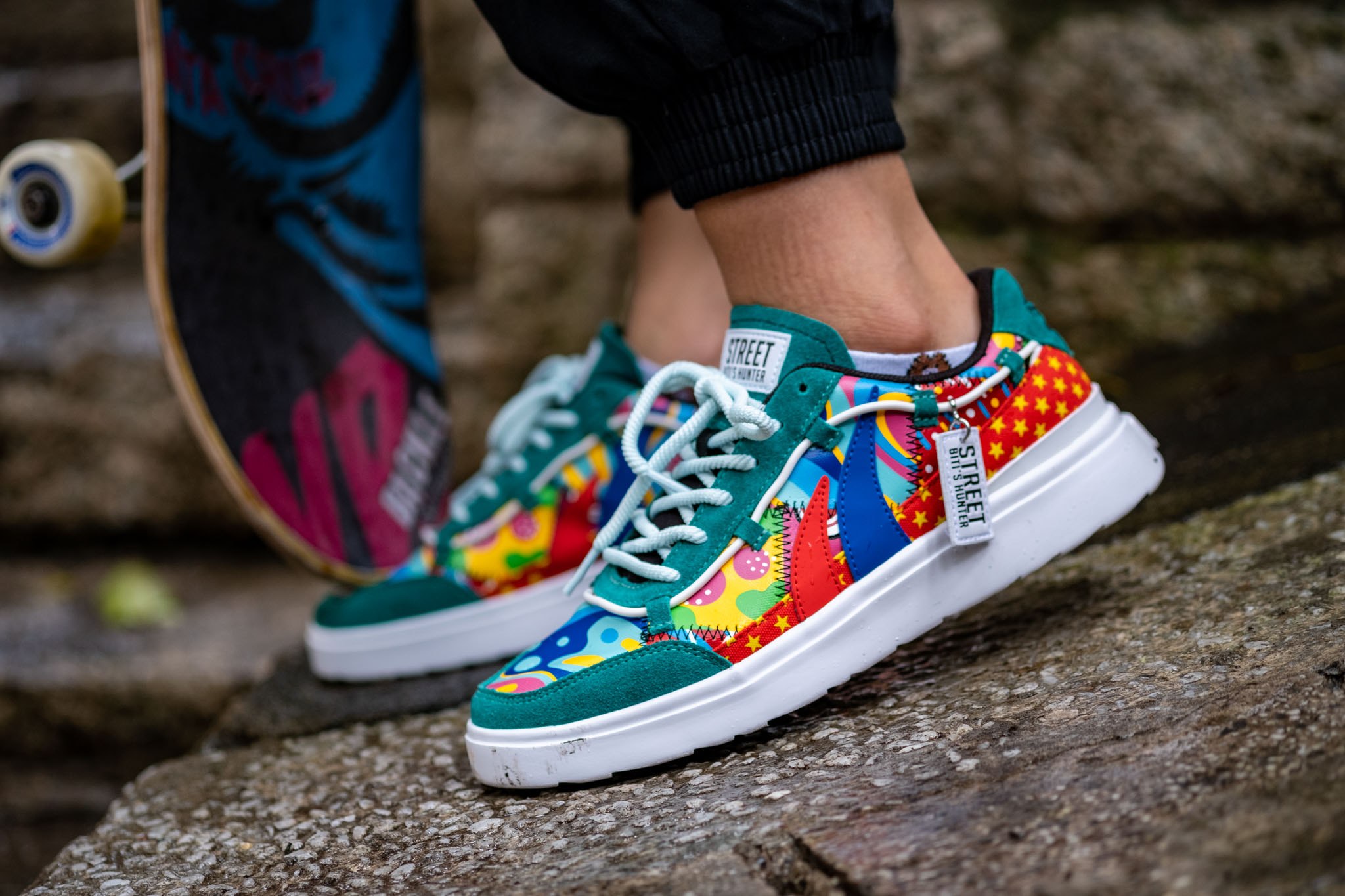
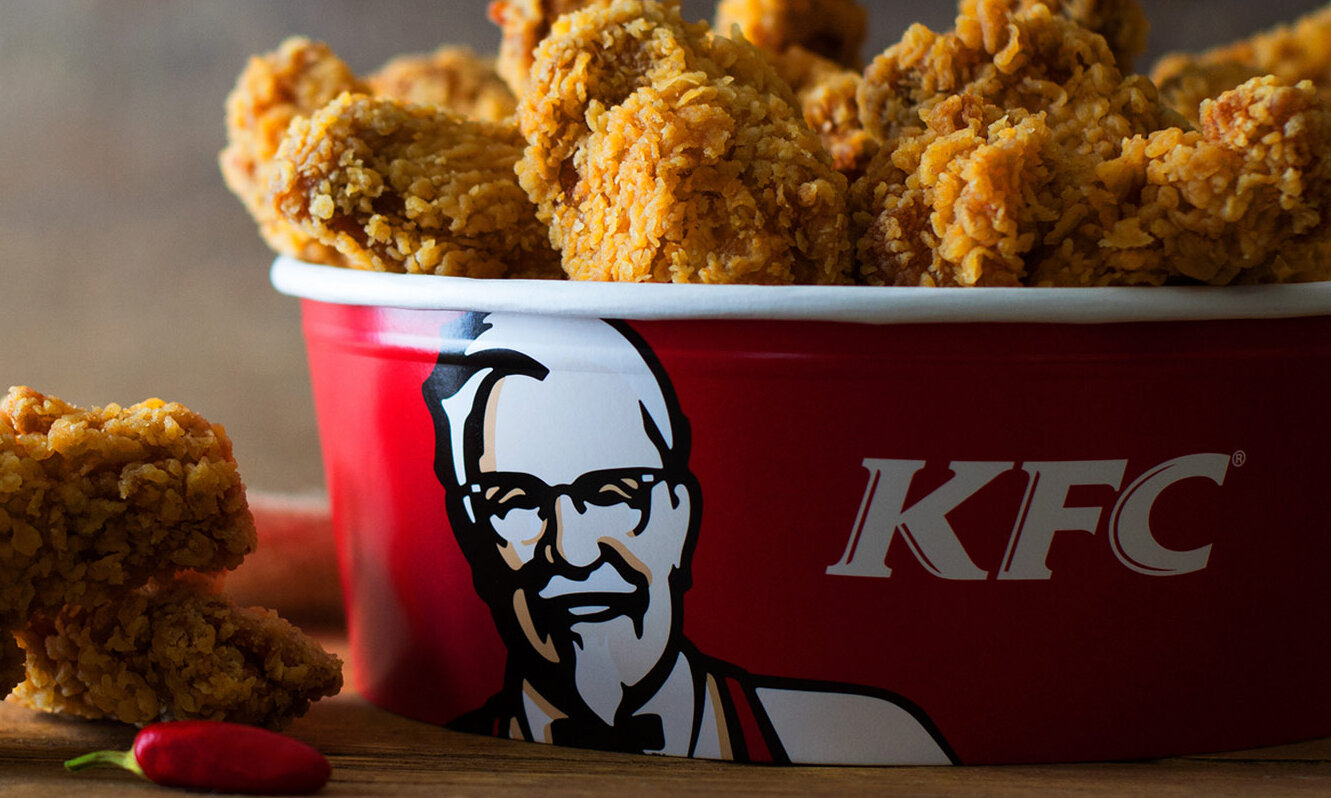
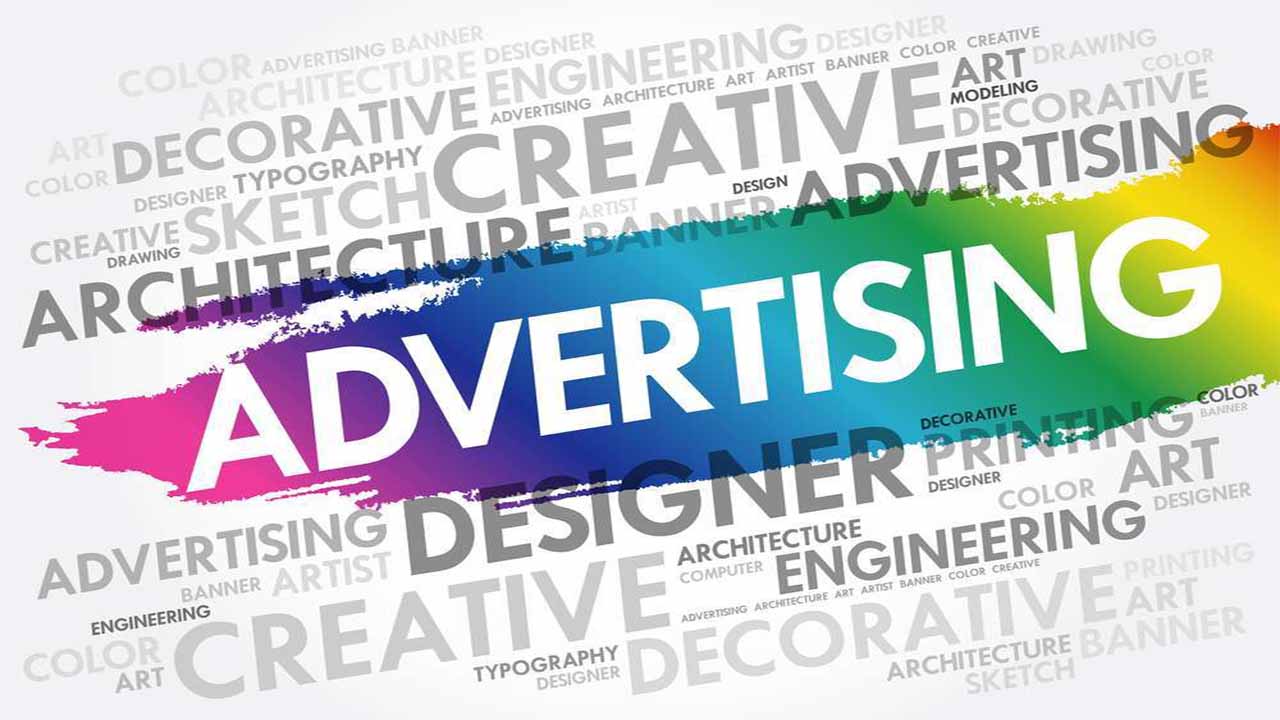




Post Comment